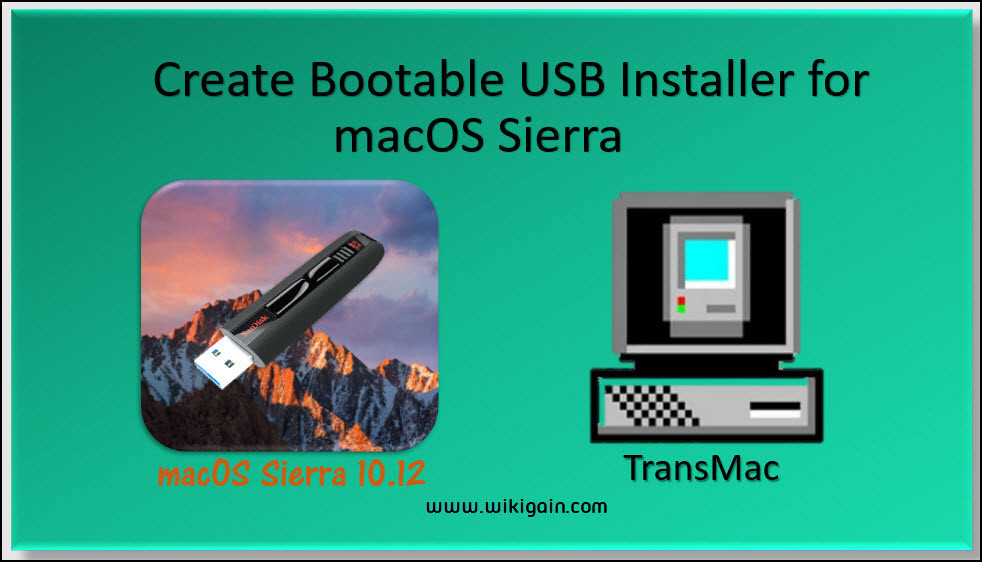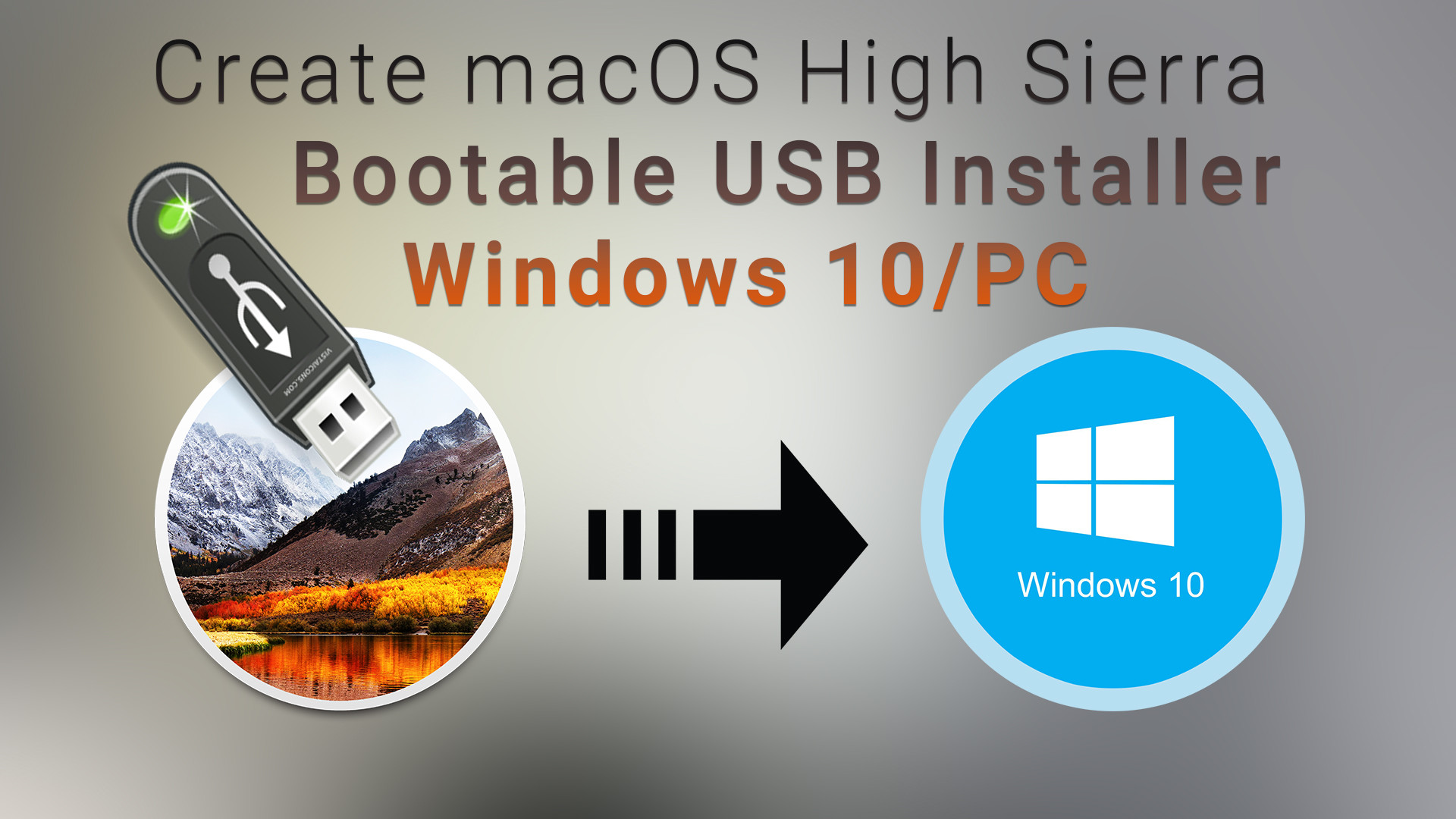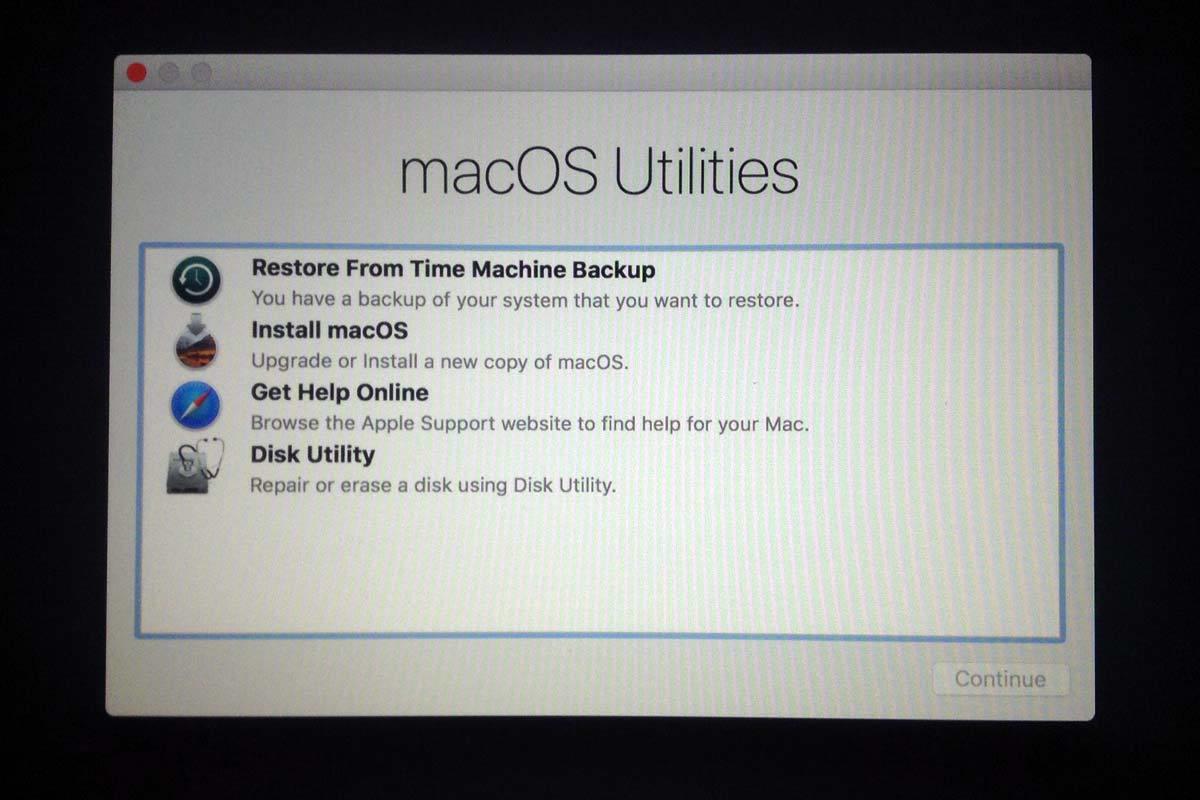

- #How to make a bootable usb mac 10.12.6 high sierra install
- #How to make a bootable usb mac 10.12.6 high sierra password
- #How to make a bootable usb mac 10.12.6 high sierra download
- #How to make a bootable usb mac 10.12.6 high sierra free
#How to make a bootable usb mac 10.12.6 high sierra install
Obviously, you don’t want to install a new macOS and have tons of junk files and unused apps. Why? Well, your Mac might get slow due to system junk and other unneeded files. Back up your dataīefore backing up your data it’s always a good idea to clean your Mac first. Patience: Obviously, this process will take some time so you need to make sure you have an hour or two to spareĪfter making sure everything is ready, it’s time to prepare your Mac for the installation.For this reason, you need an external HD that is at least the same size as your Mac’s internal memory External hard drive (optional): You need to back up your data to save your important files before installing the new macOS.Make sure the installer is fully downloaded (about 5 GB)
#How to make a bootable usb mac 10.12.6 high sierra download
#How to make a bootable usb mac 10.12.6 high sierra free
MacKeeper allows you to free up necessary gigabytes easily. You can now quit Terminal and eject the volume.Please note that before installing any system, you need to ensure there is sufficient space on your Mac.


#How to make a bootable usb mac 10.12.6 high sierra password
When prompted, type your administrator password and press Return again.* If your Mac is using macOS Sierra or earlier, include the -applicationpath argument and installer path, similar to the way this is done in the command for El Capitan. Sudo /Applications/Install\ OS\ X\ El\ Capitan.app/Contents/Resources/createinstallmedia -volume /Volumes/ MyVolume -applicationpath /Applications/Install\ OS\ X\ El\ Capitan.app Sudo /Applications/Install\ macOS\ High\ Sierra.app/Contents/Resources/createinstallmedia -volume /Volumes/ MyVolume Sudo /Applications/Install\ macOS\ Mojave.app/Contents/Resources/createinstallmedia -volume /Volumes/ MyVolume Sudo /Applications/Install\ macOS\ Catalina.app/Contents/Resources/createinstallmedia -volume /Volumes/ MyVolume Sudo /Applications/Install\ macOS\ Big\ Sur.app/Contents/Resources/createinstallmedia -volume /Volumes/ MyVolume Sudo /Applications/Install\ macOS\ Monterey.app/Contents/Resources/createinstallmedia -volume /Volumes/ MyVolume If it has a different name, replace MyVolume in these commands with the name of your volume. These assume that the installer is in your Applications folder, and MyVolume is the name of the USB flash drive or other volume you're using. Type or paste one of the following commands in Terminal.Open Terminal, which is in the Utilities folder of your Applications folder.Connect the USB flash drive or other volume that you're using for the bootable installer.You will create the bootable installer from this app, not from the disk image or. It installs an app named Install OS X El Capitan into your Applications folder. Inside the disk image is an installer named InstallMacOSX.pkg.



 0 kommentar(er)
0 kommentar(er)
